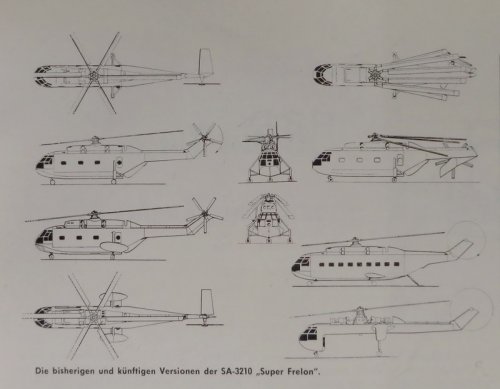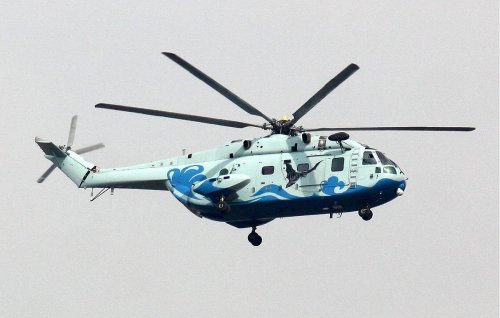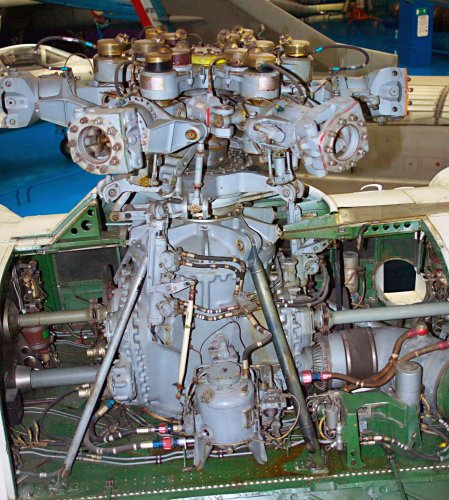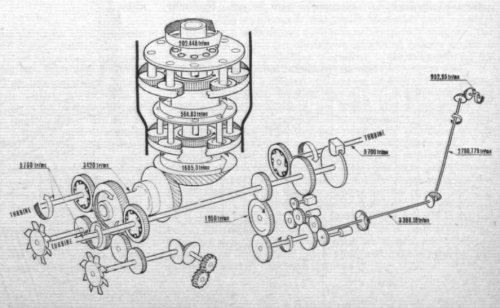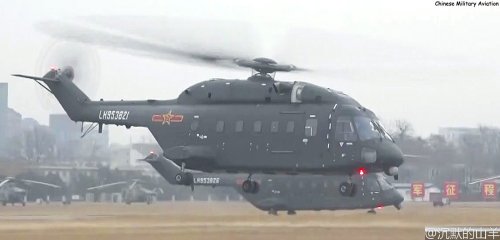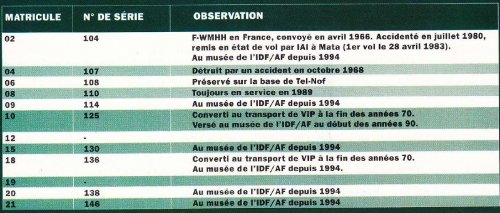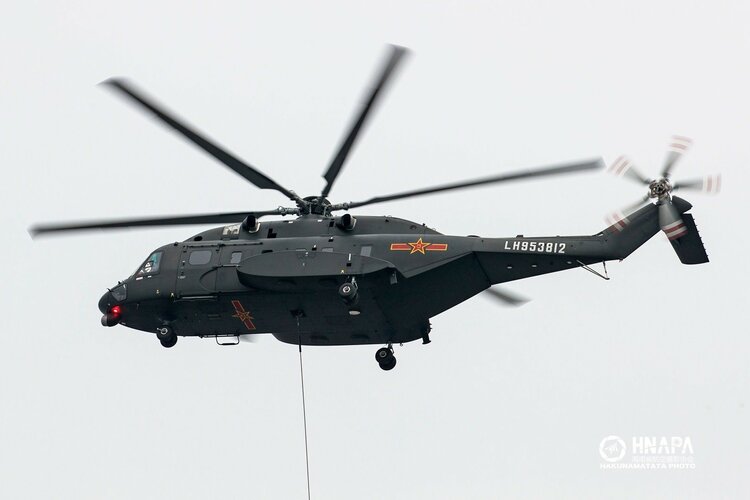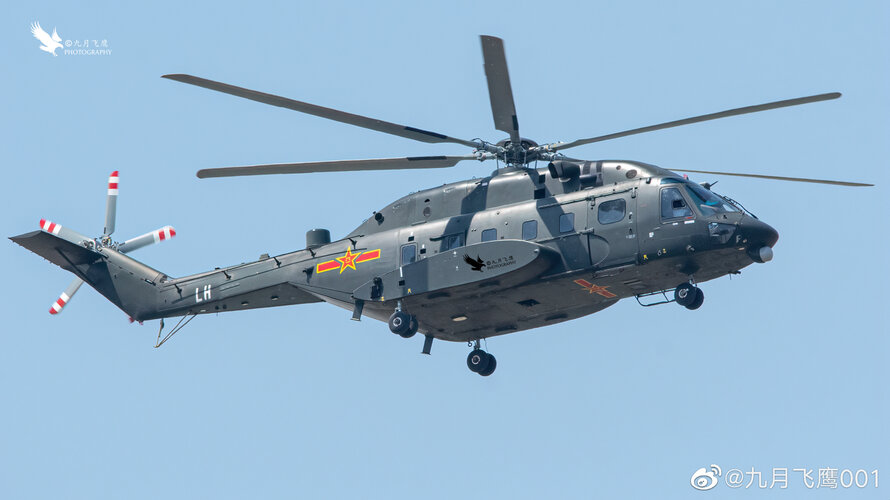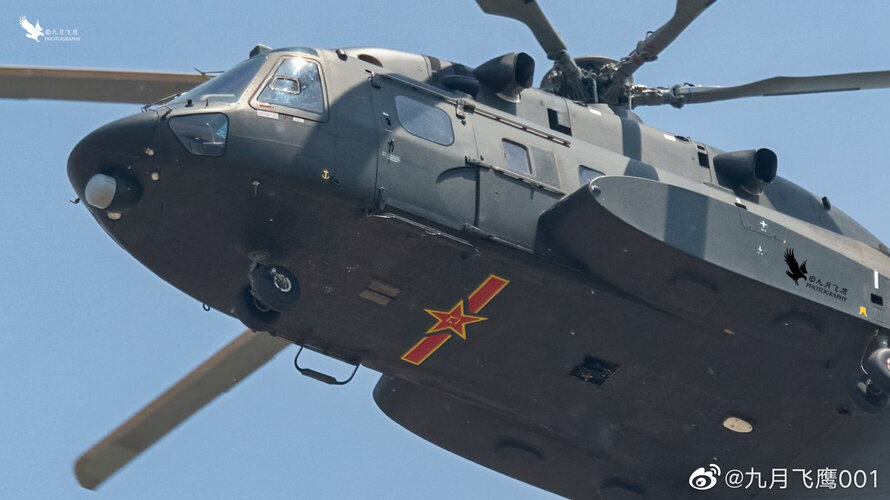- Joined
- 27 March 2006
- Messages
- 1,792
- Reaction score
- 1,297
I can't find a thread dedicated to this helicopter, and have some questions, so here goes..
Until very recently, this was the largest helicopter designed and built in Western Europe.
Sikorsky were involved with the rotor design, and Fiat with the transmission.
It first flew in 1962, and served with France until 2010.
Only 99 were produced between 1962 and 1970.
A large 3 engined helicopter with a large carrying capacity, and a boat shaped hull.
Apart from France, it was exported to South Africa, Israel, Iraq, Libya, and China.
Why was this helicopter not more successful?
I know it was designed primarily for the maritime environment.
South Africa did use it up in hot and high conditions and in combat, before deciding it wasn't suitable for the climate, and relegating it to coastal environs.
Israel re-engined theirs with GE T-58's pushing out far more power.
I think the only current user is China.
This was a very important helicopter for the Chinese, as it was the first helicopter capable of serving from a naval deck, with the first ever landing on a vessel being in 1980, with a Super Frelon.
It was also used in the recovery of China's first ever proper ICBM.
Recently, a version sporting a rear mounted radar has been spotted, and is mooted to be an AEW airframe for carrier use.
It appears China ordered 13 from France, and then produced it under the designation of the Z-8.
This Z-8 provides the basis for a vastly upgraded version called the AC-313, which seems to be aimed at the civil market..
How did Israels re-engined SF's perform?
Is the Z-8 a licence produced airframe, or a copy?
The modernised AC-313 version - is it purely aimed at the civil sector, or are there military versions planned?
This I assume is an indigineous chopper now?
Until very recently, this was the largest helicopter designed and built in Western Europe.
Sikorsky were involved with the rotor design, and Fiat with the transmission.
It first flew in 1962, and served with France until 2010.
Only 99 were produced between 1962 and 1970.
A large 3 engined helicopter with a large carrying capacity, and a boat shaped hull.
Apart from France, it was exported to South Africa, Israel, Iraq, Libya, and China.
Why was this helicopter not more successful?
I know it was designed primarily for the maritime environment.
South Africa did use it up in hot and high conditions and in combat, before deciding it wasn't suitable for the climate, and relegating it to coastal environs.
Israel re-engined theirs with GE T-58's pushing out far more power.
I think the only current user is China.
This was a very important helicopter for the Chinese, as it was the first helicopter capable of serving from a naval deck, with the first ever landing on a vessel being in 1980, with a Super Frelon.
It was also used in the recovery of China's first ever proper ICBM.
Recently, a version sporting a rear mounted radar has been spotted, and is mooted to be an AEW airframe for carrier use.
It appears China ordered 13 from France, and then produced it under the designation of the Z-8.
This Z-8 provides the basis for a vastly upgraded version called the AC-313, which seems to be aimed at the civil market..
How did Israels re-engined SF's perform?
Is the Z-8 a licence produced airframe, or a copy?
The modernised AC-313 version - is it purely aimed at the civil sector, or are there military versions planned?
This I assume is an indigineous chopper now?

